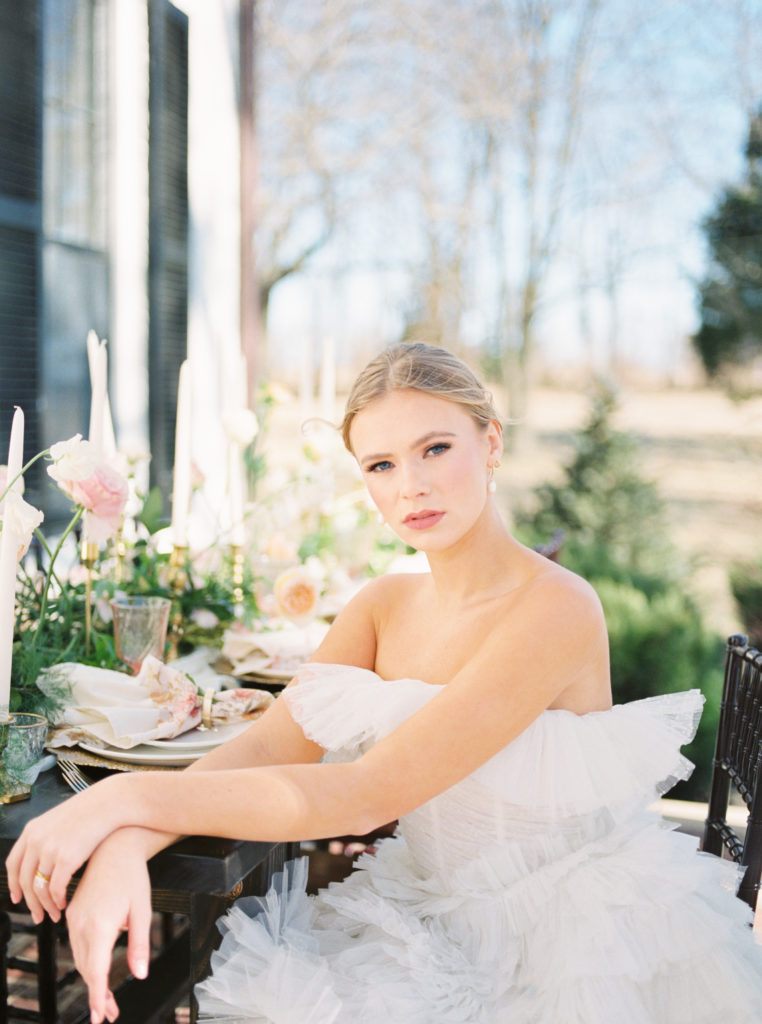As we move into a new era of RAA, I am excited to announce that we are taking on the wonderful world of film photography.
I originally trained on a 35mm film camera- way back in another lifetime as a budding art student. Film photography has a sense of finality to it that you just don’t get with modernized cameras. With our modern Sony Alpha series cameras I can adjust light, frame rate, shutter speed and a whole host of things in camera that allow me to simulate perfect conditions even when they aren’t there in real life.
This isn’t true of film cameras- film must be bought that matches the lighting conditions of the scene you intend to shoot. You must then carefully compose each image as the scene will be physically painted on the film roll when the shutter is clicked. This careful posing is important, as you only get one attempt at each image, and film costs about $1 per image.
So Why Use Film at all?
Film photography does require a fair bit of confidence in my shooting. However, modern cameras haven’t caught up to the ethereal nature that physical film provides. There is a certain softness to film images that you know when you see it. Many of the worlds top photographers utilize film among their arsenal of other skills. This provides an elevated experience to couples, and I am excited to enter this world as well.
Film cameras must all be bought used. They are no longer in production and film itself is slowly being phased out. When I first decided to make this leap I purchased a large stock of film to ensure that I can provide for years to come! These rolls are a carefully guarded secret at our quiet little studio nestled in Western Kentucky. They are worth their weight in gold to us!
These film rolls represent the future memories of couples we have yet to meet. They will eventually hold first looks, first dances, beautiful flat-lays. All of these are timeless memories that will forever be held within the hearts of families generation after generation.
How Does Film Photography Work?
The process of film is fairly straight forward but unforgiving. Any time the film touches light, it is ‘exposed’- meaning where ever light touched is burned. You place the film roll into the camera and attach the beginning of the roll to an inner pulley system. This means that the first bit of your film roll will always be ‘burned’ away. Once you place your film roll into the camera, you have to manually crank it to the side. This ensures that the film you are photographing over has never touched light.
Once you have your film placed in camera you can set your scene. For sake of explanation lets say I’m shooting a sunset portrait of a couple. I pose the couple as I always do, amidst their giggles and excitement of being newlyweds. Then I carefully ensure that the setting sunlight wraps around them with all it’s warmth to illuminate their smiling faces. I click, and for a brief moment the shutter, basically a little door on the front of the camera, opens. It’s in this moment that the film behind the little door is ‘burned’ to capture the scene in front of us.
After the wedding day there will be no sneak peeks of these images right away. The film rolls must be taken to a lab to be processed where a lovely team will open up these rolls in a dark room and then process them using a series of liquids that develop the colors in the film. The developer can then project these into prints, manipulate them into digital files and eventually return all of these items to me.
It’s a Labor of Love
Film photography is a long and beautiful process- but that’s half the fun. Love, in and of itself, is a long and beautiful process. There is something to be said about the juxtaposition between taking something as complex and wonderful as someones life story and translating it using one of the most complicated processes in our industry. Both marriage and film are things that can never be perfectly replicated twice- and I think that might be the most heartwarming thought we’ve had all year.
With love and clicky shutters,
Rebecca








